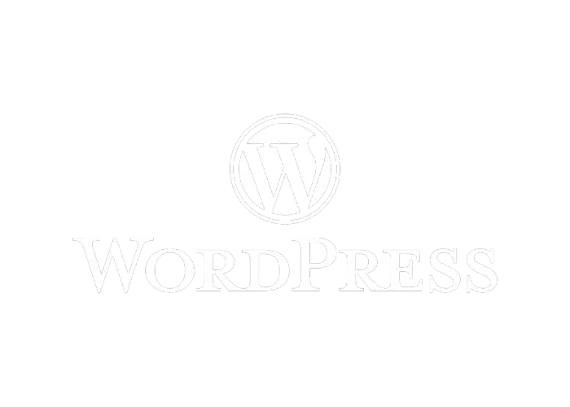Running a successful business in today’s digital landscape requires a strategic approach to marketing. With so many options and channels available, it can be overwhelming to determine where to focus your efforts and budget. The key is developing an integrated marketing plan that aligns with your core business goals and resonates with your target audience. By leveraging the right strategies and tools, you can increase brand awareness, generate quality leads, and drive profitability.
Here are effective marketing strategies for boosting your business:
Crafting An Audience-Centered Strategy
The foundation of any effective marketing plan is understanding your ideal customers. Defining your target audience allows you to create tailored messaging and experiences that truly speak to their pain points and preferences.

Start by gathering insights into your existing customers through surveys, interviews, and analysis of sales data. Look for common patterns related to demographics, interests, values, and buying motivations. This process will reveal key segments to focus your marketing efforts on.
With your ideal buyers defined, map out a customer journey framework. Identify the major touchpoints and moments that matter from initial brand discovery to post-purchase. Look for gaps where you are missing opportunities to connect and delight. Use this intelligence to inform content themes, conversion paths, and customer experience optimizations. An audience-centered strategy ensures you are providing value at each stage of the buyer’s journey.
Driving Brand Awareness Through Content
Content marketing involves creating and sharing educational, entertaining or inspiring media related to your products, services, and industry. This strategy enables you to attract and engage prospects while positioning your brand as an authoritative thought leader.
Craft a content calendar aligned with customer interests and questions at various stages of their journey. Mix diverse formats such as blog posts, videos, infographics, and podcasts. Promote this content on your website, email newsletters, and social channels. Look for opportunities to repurpose content into multiple formats to expand reach.
Optimizing content for search engines through SEO best practices is also crucial. Incorporate relevant keywords in titles, headers, meta descriptions, alt text, and body content. This improves findability and drives qualified organic traffic to your site. Technical factors like site speed, responsive design, and internal linking also impact search rankings.
Content marketing not only builds brand awareness, but also establishes trust and credibility. Nurturing leads with valuable content makes them more receptive to your product or service when they are ready to buy.
Leveraging Email Marketing
Email marketing remains an extremely effective strategy with impressive ROI. Building an email list enables you to stay top of mind while delivering promotional offers and helpful content. Segment your list based on customer personas and behavior. This allows you to deliver hyper-targeted emails matched to specific interests and needs.

Well-designed email campaigns serve diverse purposes in strengthening customer relationships and driving conversions. Welcome series introduce new subscribers to your brand. Educational content helps nurture leads. Promotional messages encourage purchases. Customer surveys provide useful feedback. Transactional and cart abandonment emails re-engage slipping customers.
Best practices like personalization, mobile optimization, A/B testing, and list segmentation maximize open and click-through rates. Integrate email with your CRM system and use analytics to identify opportunities. Combine this powerful direct channel with other strategies to surround customers with consistent messaging.
Leveraging The Power of Social Media
These days, a strong social media presence is a must. Platforms like Facebook, Instagram, Twitter, LinkedIn, YouTube and TikTok enable brands to engage prospects, build communities and expand reach. Align social strategies with business goals and audience preferences. For example, visual platforms like Instagram and Facebook work well for showcasing products and brand personality. LinkedIn enables targeted lead generation and thought leadership.
Post a mix of content formats tailored to each channel including video, images, live streams and Stories. Hashtags, tagging and lead generation ads boost engagement. Compelling visual assets and captions draw attention. Contests, user-generated content and interactive polls foster community. Responsive messaging and real-time interaction reflect authenticity.
Integrate social sharing buttons on your website and emails. Leverage word-of-mouth by making it easy for satisfied customers to follow and share your brand. Participate actively in relevant social conversations. Building an engaged following generates brand awareness and referrals.
Social platforms offer robust advertising options to targeted prospects. Tailor messaging and creative to the unique look and feel of each channel. Test different objectives, placements and audiences. You can use analytics to optimize performance and cost-per-conversion. Whether organically or through paid campaigns, strategic social media marketing provides significant returns.
Connecting Through Influencers
Influencer marketing leverages the reach of trusted subject matter experts to increase brand awareness and drive conversions. For example, an Instagram influencer with a large yoga-focused following might partner with an athleisure brand. Their content spotlights products while lending credibility.

Research relevant influencers with engaged niche audiences aligned with your business. Gauge their content resonance and follower engagement through likes, comments and shares. Reach out to prospects with partnership proposals tailored to the channel and audience. Negotiate pricing based on follower counts, typical engagement and partnership scope.
Ways to collaborate include sponsored posts, product mentions, co-created content, social promotions, reviews and takeovers. Track conversions and engagement. Nurture the partnership through regular communication and providing assets or products to support fresh content. The authenticity of a trusted influencer endorsement earns consumer trust.
Optimizing Your Website for Sales
Your website is the hub for all marketing campaigns to drive traffic towards. If your site lacks in design, content or functionality, visitors will quickly leave without engaging. Invest in a professionally designed, mobile-responsive site aligned with your brand identity. Write SEO-optimized copy that speaks to customer pain points and questions. Integrate calls-to-action, lead gen forms and chatbots to capture contacts.
Ensure site speed and navigation fosters an exceptional user experience. Each page should have a clear purpose, with minimal steps required to convert visitors. Remove friction points through auto-saving forms, guest checkouts and clear CTAs. Use heatmaps and user testing to identify and fix sticking points.
Install tracking such as Google Analytics to monitor traffic sources, on-site behavior, conversions and other KPIs. Use this data to optimize pages and campaigns for higher performance. Technical optimizations like site speed improvements further boost SEO rankings and conversion rates.
Driving Conversions Through PPC
Pay-per-click ads place your message and offerings directly in front of motivated prospects actively searching for your products or services. PPC platforms like Google Ads, Microsoft Ads and Amazon Ads enable you to display targeted ads across search engine results pages, Marketplace listings, YouTube videos, Gmail and more. Pay-per-click ads go directly to consumer.

Start by identifying relevant search queries and placement options aligned with your goals. Craft compelling ad copy and headlines focused on customer benefits and value propositions. Develop landing pages that pick up on the promise of your ads. Use A/B testing to refine ad creative, offers and landing page design to maximize conversions.
The benefit of PPC advertising is the precision. You can define your ideal customer, geography, placement, bid strategy and more. Monitor performance closely using metrics like cost-per-click, conversions, and ROI. Adjust budgets and tactics to optimize return. Combining PPC ads with SEO and content builds a powerful lead generation engine.
Event & Experiential Marketing
Event marketing involves experiences like conferences, pop-ups, and workshops to immerse prospects in your brand. The benefits include showcasing products, building community, generating buzz and driving sales. Consider both in-person and digital event strategies to expand reach.
Start by defining event goals, themes and formats tailored to your audience. Select a venue conducive to your activities and expected crowd size. Promote through email, social media, paid ads and press releases. At the event, deliver value through education, entertainment, exclusivity and engagement.
Post-event, connect with attendees, gather feedback, share highlights and thank sponsors or partners. Quantify success through metrics like leads captured, event traffic, social buzz and revenue. Nurture leads through personalized follow-up. Event marketing creates memorable and sharable brand interactions that foster loyal customer relationships.
Tracking & Optimizing Performance
Meaningful metrics are vital for assessing marketing effectiveness and optimizing efforts. Start by identifying key performance indicators aligned with campaign goals. This could include website traffic, lead generation, conversions, sales, social reach and engagement metrics.
![]()
Use data and analytics to identify high-performing messaging, platforms and strategies. Double down on what drives results while phasing out underperforming initiatives. Set performance benchmarks and run controlled experiments through A/B testing. Comparing variants quantitatively keeps you accountable.
Regularly review holistic marketing analytics for insights on strengths to leverage and gaps to improve. Audit campaigns, platforms and workflows. Refresh strategies to realign with evolving business goals, market trends and customer needs. An agile, data-driven approach ensures marketing continually delivers value.
Integrated marketing combines diverse tactics and channels based on customer insights to achieve business growth. With meaningful metrics and constant optimization, you can build an effective marketing machine tailored to your brand, audience, and goals. Reach out to discuss strategies customized for your unique needs. Our team of marketing specialists is here to partner in your success.








